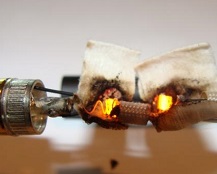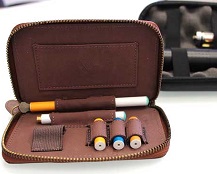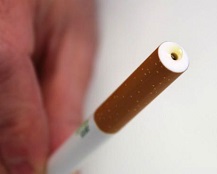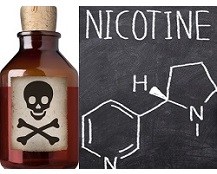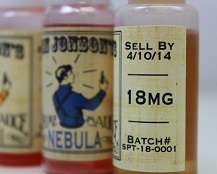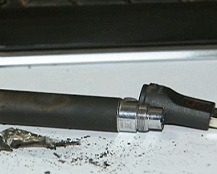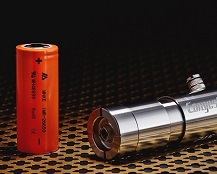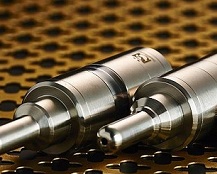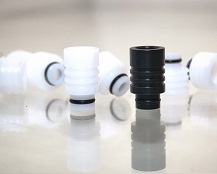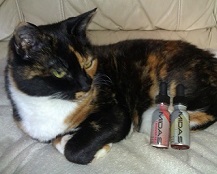When you first start vaping, you need to learn when to change a cartomizer, how to store batteries and what to do if you notice your cartomizer getting hot.
Learn how to safely charge your rechargeable e-cig (cig-alike models), mods, and Advanced Personal Vaporizers to avoid catastrophic explosions or battery failure.
Carry cases do more than look good. You need to know how to protect against the risk of short circuits if you want to carry your e-cig around safely.
E-liquid is a poison. Many vapers are first exposed to it through a leaking mouthpiece – but is this anything to worry about? How do you minimize the risk?
Learning about PG allergies, conditions affected by nicotine and the advice for pregnant vapers helps you avoid health consequences when you use e-cigs.
Vaping while driving may be safer than smoking, but only if you prepare for the journey sufficiently and heed some basic advice. And never drip and drive.
What do I do if I spill e-liquid? How should I store it? How do I refill my tank? With some basic e-liquid safety knowledge, you’ll be ready for any scenario.
Nicotine is supposedly more toxic than arsenic. Learning the symptoms of nicotine poisoning is essential for vapers, but it isn’t as toxic as you may believe.
As with safe storage, following safe practices during the “steeping” of e-liquids is absolutely vital to protect children or pets from disastrous exposure.
How do manufacturers determine the expiry date of an e-liquid? How can I tell if a juice is bad? And is it dangerous to consume expired e-liquid?
Some e-liquids melt right through polycarbonate tanks. Learning which liquids are affected and how to prevent a disaster is essential for flavor-loving vapers.
Mixing your own e-liquids saves money, but opens you up to additional risks. Before you get into DIY mixing, make sure you’re well aware of the safety concerns.
Thermal runaway is a possibility with any lithium-based battery, but learning how to minimize the risk helps you stay safe in the world of e-cig mods.
If you ask for too much current from your battery – and your mod doesn’t have a safety cut-off – it could lead to disaster. That’s why vapers need Ohm’s law.
If you’re getting into rebuildable atomizers, learning about safe rebuilding and minimizing the risk of shorts helps you protect yourself and your battery.
Electronic mods have in-built safety features, but mechanical mods depend entirely on you, so taking some extra steps to stay safe is absolutely vital.
Your wick is the part of your e-cig most likely to contaminate your vapor, so learning about preparation and general wick safety is vital for any rebuilders.
Nobody wants burned or blistered lips from vaping, and there are many options for things like heat-resistant drip tips to protect you against the risk.
Although propylene glycol (PG) is generally recognized as safe for humans and most pets, cats actually have a unique sensitivity to the chemical.
Vaping is all about Ohm’s Law. When you move into the realms of APVs, where the atomizer resistance and voltage are both often variable, the weird-looking equations actually pretty much determine how powerful your hit of vapor is.

